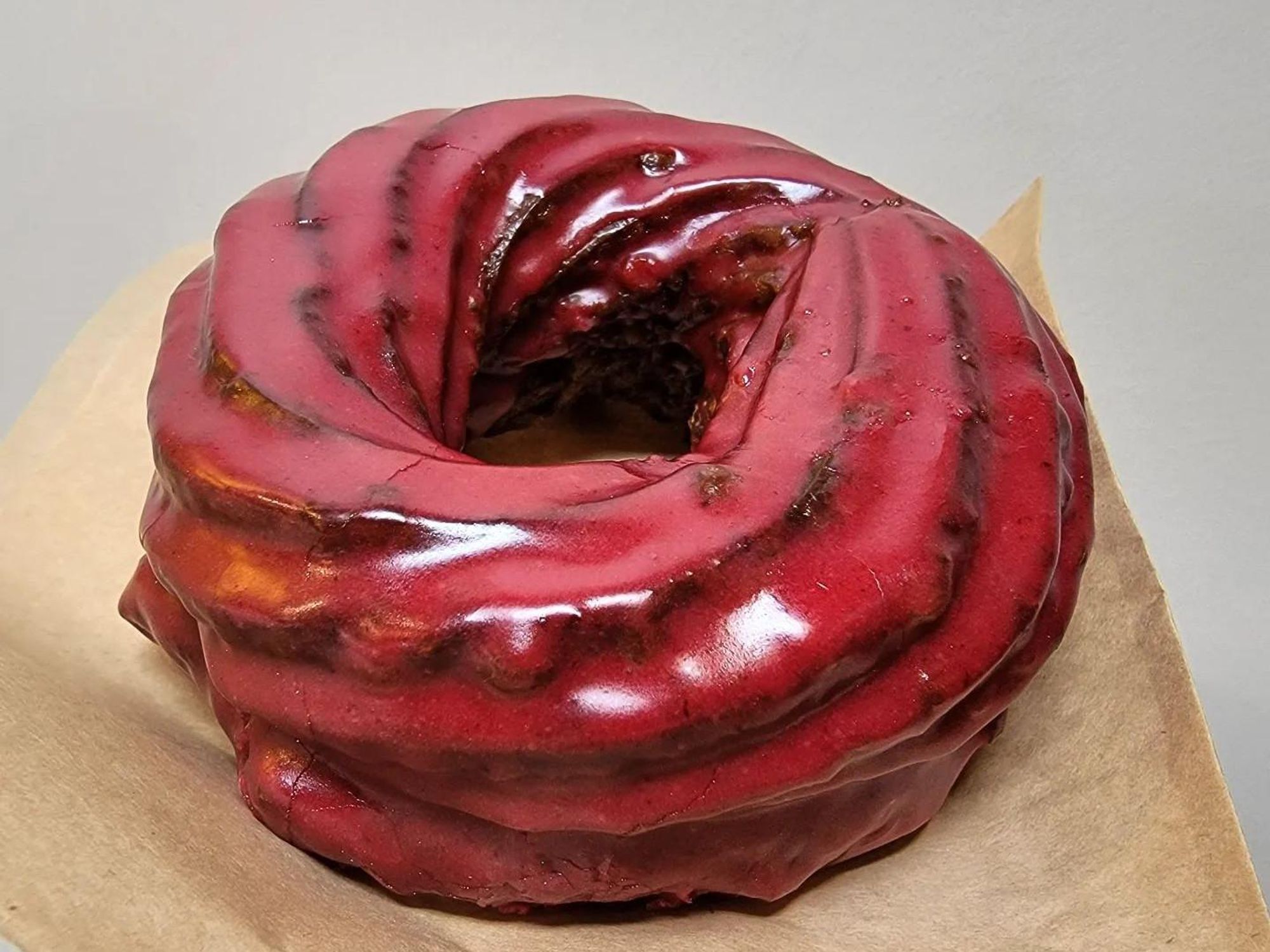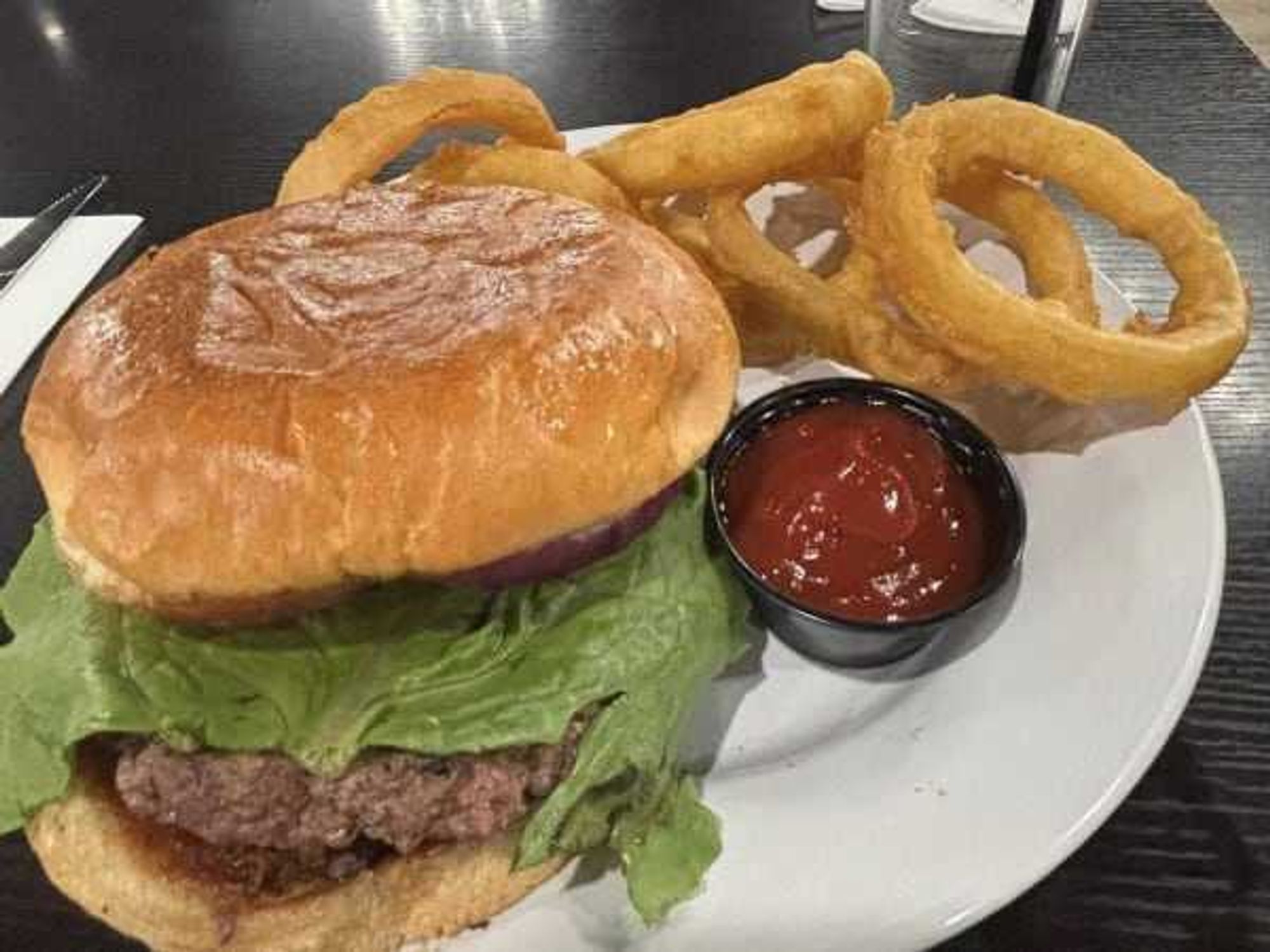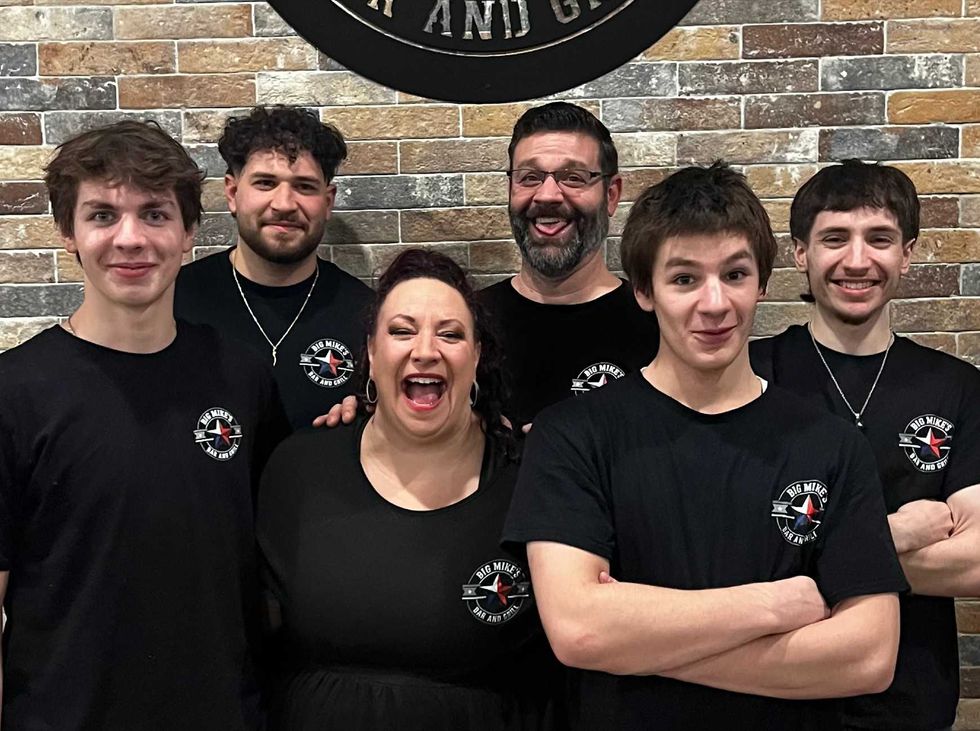Doughnut News
Award-winning Dallas bakery champions unique twisty doughnut

Behold the French cruller.
Dallas has enjoyed a doughnut Renaissance in recent years, and now that Renaissance has a new twist. Namely: the cruller, a unique doughnut more commonly found in Canada, New England, and Midwest — but now in Dallas at Carte Blanche, the award-winning restaurant-bakery at 2114 Greenville Ave.
The bakery, which operates out of the restaurant space Thursday-Sunday from 7 am-12 pm, has had doughnuts on the menu since it opened in mid-2021. That includes crullers, which are easy to spot, thanks to their grooved, ridged exterior, not unlike the churro, their Spanish cousin.
The internet says that cruller — the "u" is soft, rhyming with "lull" or "mull" (not "crueler") — comes from a Dutch word krullen for "to curl," and that crullers have traditions in Dutch, German, Scandinavian, Austrian, and Polish cuisines. A 1908 book called The History of the City of Hudson New York claims they were invented by Sebastian Croll, commander of Fort Orange in Albany, and were a staple of the New England diet from the time the Pilgrims landed at Plymouth Rock.
Whatever their origin, they were widely popularized by Massachusetts-based coffee and doughnut chain Dunkin', who initially sold them in the classic twisted oblong shape from the day they opened in 1950. But in 2003, Dunkin' discontinued them because they were too labor-intensive and switched to the "French cruller" format — a round doughnut made from choux pastry, which is the version that Carte Blanche sells.

Carte Blanche pastry chef Amy LaRue says she started experimenting with doughnuts during COVID to keep herself occupied.
"I used to hate doughnuts until I met my husband Casey, but he and our sons love them," she says. "I wanted to make something they enjoyed."
Carte Blanche's doughnuts are true artisan products, each made from its own specific dough recipe (most doughnut shops use a mix for all doughnuts, then add flavors or toppings).
LaRue does two kinds: raised doughnuts using a brioche dough, and crullers in two or three flavors, which rotate with the season.
"I was initially inspired by the crullers at Daily Provisions, the bakery-cafe in New York, but my true point of reference is always in French cooking," she says. "Everything that I make comes from a connection to French pastry."
French crullers are made using pate a choux dough, the same dough used to make eclairs, with butter, water, flour, and eggs. (The butter differentiates them from churros, which are more often made with vegetable oil.)
She uses a higher ratio of egg whites than a classic pate a choux, which makes her crullers more airy, and each is made by hand.
"There are machines where you put the dough in a syringe and one comes out with each shot, but at Carte Blanche, every doughnut is piped out onto its own piece of parchment," she says. "They have to sit at room temperature to develop, and have to be fried at a higher temperature than regular doughnuts, in order to get the crunchy crust."
The ideal result is a study in contrasts with an almost brutally crunchy crust and a super-moist, eggy, almost stretchy interior, not unlike the inside of a popover.
For her cruller flavors, she leans towards something tart.
"The crust is so intense that I like something tangy or sweet to combat that exterior," she says. "We always have vanilla, but rotating flavors have included strawberry, lemon poppyseed, and cherry lime."
For January, the rotating flavor is passionfruit. For her regular brioche doughnuts, she's doing a "PB&J" flavor with peanut butter pastry cream and raspberry icing — inspiration, once again, from her family.
"My son loves peanut-butter-and-jelly sandwiches, he'd eat them every day, and he wanted those flavors in a doughnut," she says.

 Big Mike's family: Mike and Jennie Marie and their four sons.Big Mike's
Big Mike's family: Mike and Jennie Marie and their four sons.Big Mike's